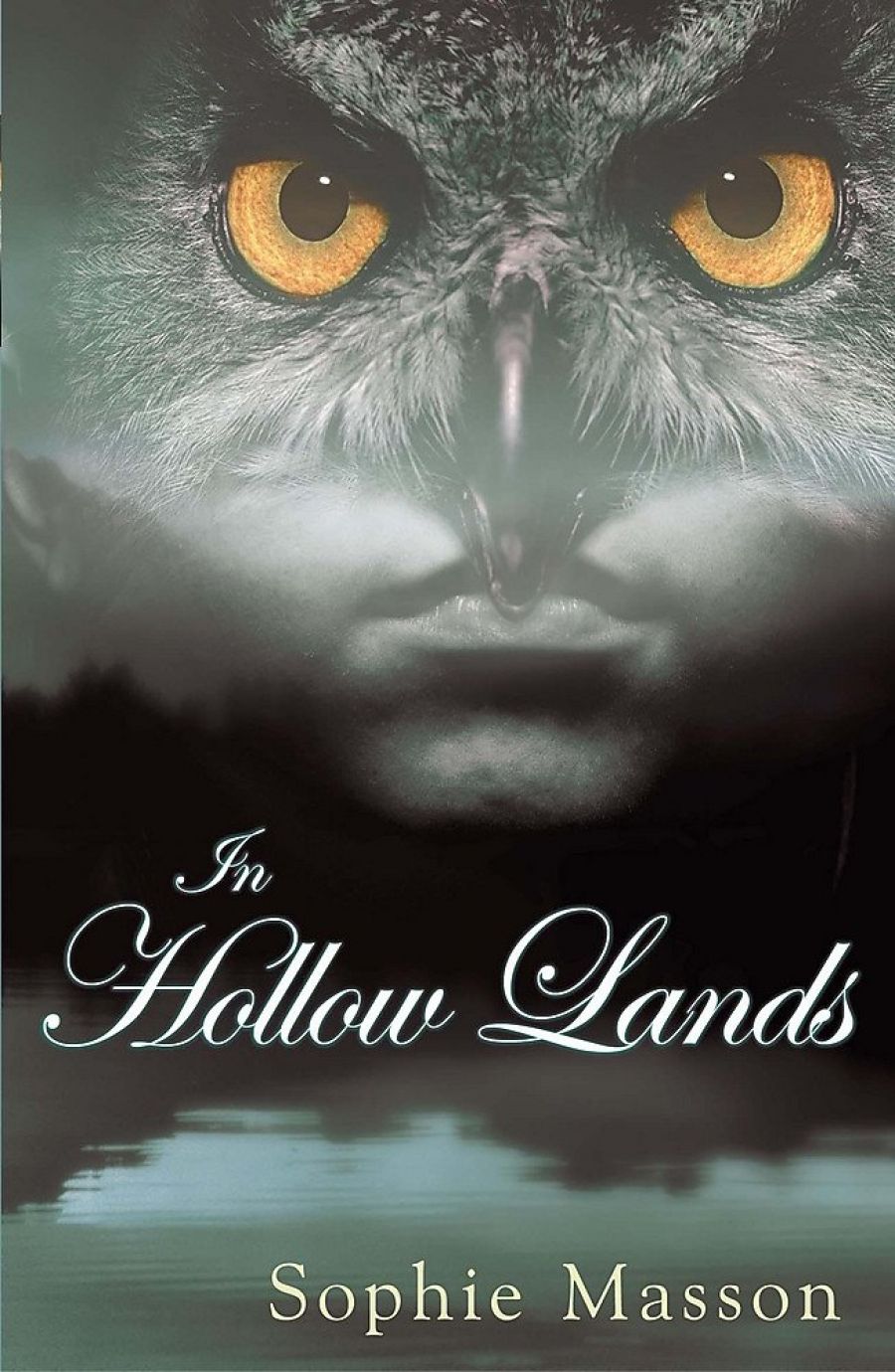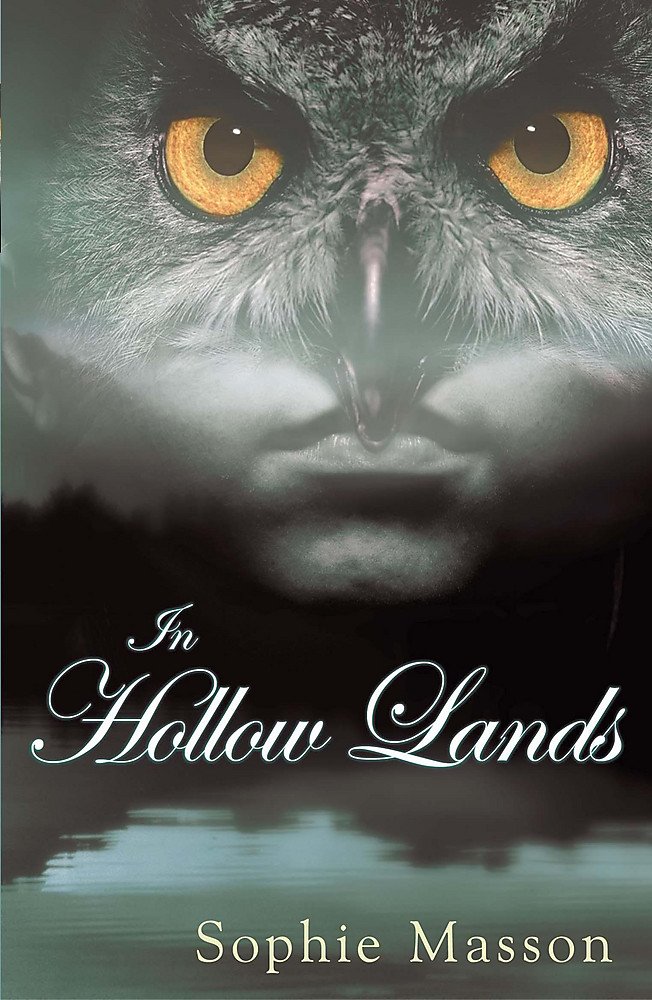
- Free Article: No
- Contents Category: Young Adult Fiction
- Review Article: Yes
- Article Title: Otherworld
- Online Only: No
- Custom Highlight Text:
The forest of Broceliande is a place of magic and mystery. Legend has it that Arthur and his knights roamed the forest and had many of their adventures there, and that deep within the remnant of the forest Merlin still sleeps his enchanted sleep, for the Arthurian tales are as much Breton as British. The forest also holds relics and places of worship of the pre-Christian peoples of this north-west corner of Europe, and who knows what fragments of these beliefs may still lurk there.
- Book 1 Title: In Hollow Lands
- Book 1 Biblio: Hodder Children’s Books, $17.95 pb, 304 pp
- Book 1 Cover Small (400 x 600):

- Book 1 Cover (800 x 1200):

Broceliande is thus a wonderful and appropriate setting for this tale of medieval magic by Australian author Sophie Masson. The story follows the linked destinies of Tiphaine de Ragnuel and Bertrand du Guesclin. It is a tale of the korrigans, the Breton fairies, of their abduction and transformation of Tiphaine and her twin brother, Gomer, and of the role of Bertrand in their rescue. A third strand to the story follows Dame Viviane, nurse and tutor to Tiphaine and Gomer but also a power in the relations between the mortal and fairy worlds. These strands intertwine as the story follows first one then another, before they combine into the final satisfactory resolution.
Sophie Masson brings many gifts to her work. She is a great storyteller. She has a love of the power and poetry of the English language, enhanced by a detailed knowledge of the history of the period of which she writes, and of Anglo-Celtic myths and legends. In particular, she knows Breton folklore and the Breton language, from which many of the names and words are drawn. This gives a sense of authenticity to the book, although it may cause pronunciation problems for some readers.
The plot owes something to the Arthurian legend of Sir Gawain and the Loathly Lady, but is also inspired by the real love story of Tiphaine de Ragnuel and Bertrand du Guesclin, who rose from humble beginnings to be Constable of France during the Hundred Years’ War. Du Guesclin is still regarded as one of France’s greatest soldiers, and his strategic insights are praised in modern studies of military history, while Tiphaine was a great beauty and was reputed to have psychic, or ‘fairy’, gifts.
Breton tales of the korrigans provide a third source of inspiration, and here the author shows an understanding of the medieval world view and the place within it of magic and magical creatures. Her ‘Otherworld’, the fairy realm, is the world of Thomas the Rhymer, not of Tinkerbell.
There is a vaguely old-fashioned feel to the writing style, with subclauses and lengthy paragraphs. For the reader who likes writing as something to chew and savour, this style presents no problem; for those whose tastes have been formed by the literary equivalent of fast food rather than substantial meals, it may work against the book, particularly in the young adult market.
Perhaps it is unfortunate that this book was published under a children’s imprint and will be shelved in the young adults’ section of a bookshop, where adult readers are unlikely to browse. The telling, if not the story itself, may be more suited to adult tastes, although anyone – young or old – who appreciates a vivid, accomplished narrative will find much to enjoy here. As a fantasy, it is much closer to the cultural roots of Celtic myth than most of the sword-and-sorcery novels that are dished up today, and if it does not have the sex and violence that disfigure so many novels for an ‘adult’ readership, it is none the worse for that.
True, some of the main characters are children, at least by our estimation of their calendar age. Their own view, however, would have been different. Tiphaine, Gomer and Bertrand are twelve years old at the start of the book, and in their late teens by the end. But would they have considered themselves as children? Bertrand, at twelve, has already shouldered adult responsibilities; by seventeen, he is an experienced soldier and leader of his own band of soldiers. Another story of Bertrand du Guesclin, not used in this book, is that at the age of fourteen he took part in a tourney at Rennes and overthrew fifteen opponents – an adult performance by any standard!
One of the best criteria for judging the worth of a fiction book is whether it bears rereading, whether the reader can take pleasure in the telling of the story when the ending is already known. For me, In Hollow Lands stood up as well on the second encounter as it did on the first.


Comments powered by CComment